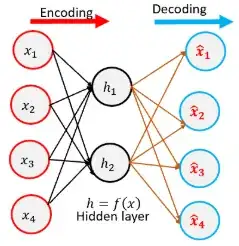Given a pre-trained CNN model, I extract feature vector of images in reference and query dataset with several thousands of elements.
I would like to apply some augmentation techniques to reduce the feature vector dimension to speed up cosine similarity/euclidean distance matrix calculation.
I have already come up with the following two methods in my literature review:
- Principal Component Analysis (PCA) + Whitening
- Locality Search Hashing (LSH)
Are there more approaches to perform dimensionality reduction of feature vectors? If so, what are the pros/cons of each perhaps?
